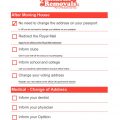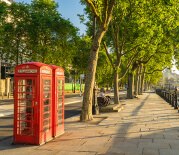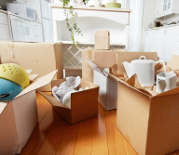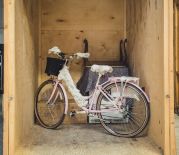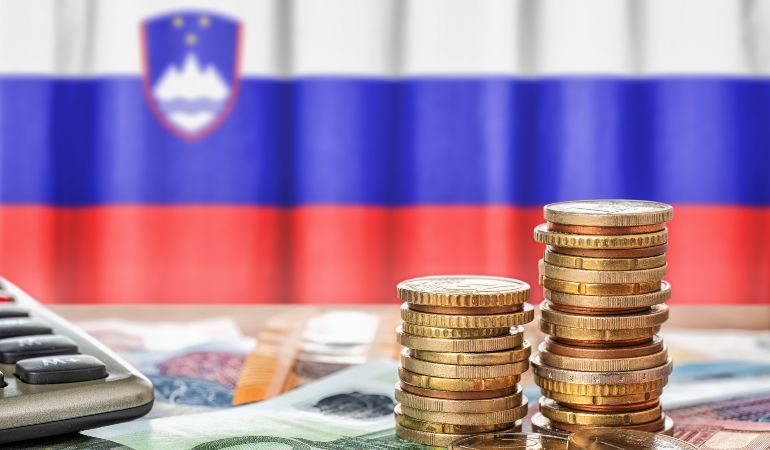
Slovenia is becoming increasingly popular for its natural beauty and vibrant culture. The cost of living in Slovenia is, however, a concern for many potential residents and tourists. Take a look at Slovenia’s cost of living, compare it to other European countries and answer the question: is Slovenia expensive?
Table of Contents
Is Slovenia a cheap country to live in?
Slovenia is a beautiful place, and it’s no wonder why Brits may choose to move there. But it’s also the most expensive country of the 13 in Eastern Europe, more costly than 61% of the countries in the world. So, to help you learn more about the cost of living in Slovenia compared to the UK, we’ve prepared this dedicated article.
In case you:
- plan on moving to Slovenia permanently
- intent to spend some time with a friend or relative as a guest
- want to compare the cost of living in Slovenia vs any other country
This post will give you helpful insight into how expensive Slovenia is and what it feels like to live there.
And, for a hassle and stress-free relocation to Slovenia, you can use our professional international removal services, house packers, and moving and storage services.
Can a foreigner open a bank account in Slovakia?
Before moving to Slovenia, expats are free to open personal bank accounts, which they can register with one of the local commercial banks. You may need to provide the following:
- Your Slovenian tax number
- Your residence permit
- Your company’s registration number (if you own one)
There are no restrictions for non-residents to set up a Slovenian bank account. You are free to do so, just like the country’s residents. You can open an account in a foreign currency, as well. What’s even better is that there is no cap on the account for Slovenian residents.
The Slovenian Tolar (SIT) used to be the country’s currency, which they used from 1991 to 2006. After joining the European Union in 2007, Slovenia’s official currency became the Euro.
Accommodation costs in Slovenia
How much is rent in Slovenia? Renting a flat in Slovenia is not cheap and will depend on the city you choose as your new home and which part of it you settle in. A 1-bedroom apartment in the city centre costs about €700 per month, and in other areas, the rent falls to €550. Getting a 3-bedroom flat in the centre averages €1130, while an apartment of the same size outside the centre can cost you around €1000.
The cost of living in Slovenia for international students is significantly lower. The prices for accommodation in a student dormitory in Ljubljana range from €150 to €300.
Renters can find housing in several ways:
- Directly through the landlord
- Using an online rental estate website
- From a newspaper that advertises properties for rent
- Using the services of an estate agent
If you need to rent for longer than a month, you have to pay a bond as a deposit to the owner. The property tax is levied on its owner only. The average cost of living in Slovenia, Ljubljana, is calculated as about €550 per month for a 45 m2 furnished property.
If you intend to buy a property, the price per square metre in the city centre is around €2,940 and €2,220 outside of it. Every resident may purchase a house or a flat. The sale of a property requires the use of the services of a real estate agent, who is officially registered to assist with document submission and legal matters.
The buyer needs to get a tax number as well as an EMSO number. The latter is a government-issued number for identification from the local authority before the sale.
The official owner of a property pays a tax, which can be:
- Between 0.10% to 1.00% for dwellings or residential estates
- From 0.20% to 1.50% for premises used for recreation and rest
- Between 0.15% and 1.25% for business premises (increased by 50% for vacant estates of this type)
Overall, about 22% of the total expenses for living in Slovenia will be for your monthly rent. Keep that in mind if you want to calculate roughly how much it costs to live in Slovenia.
Cost of utility bills
The estimated monthly cost for a single person is 687.7£ (816.0€) without rent. Without rent, a family of four will spend 2,331.8£ (2,767.0€) per month.
Here is what you can expect to pay on average for certain utilities:
| Type of Product | Price |
|---|---|
| Gas | €1.44 per litre |
| Electricity | €0.194 for households and €0.216 for businesses per kWh |
| Internet (60 Mbps or more, Cable/ADSL, unlimited data) | €33.50 |
| Mobile phone monthly with calls and 10GB data | €11.60 |
Transportation expenses
To calculate the cost of living in Slovenia, you need to consider transportation expenses, which come to around 12% of the total expenditure. Check out the prices of different transportation means below:
| Type of Product | Price |
|---|---|
| Public transport – tickets, monthly cards, etc. | €1.30 for a one-way ticket on the local public transport |
| 1L of petrol | €1.44 |
| Starting rate of taxi drivers | € 2 |
The price of the monthly ticket for public transport is €35 – €37. You will pay €1.10 per kilometre and €20 for a 1-hour wait at a normal tariff for taxi services.
Cost of necessities
Expenses for necessities such as food, clothes, and personal hygiene take the largest chunk of the monthly bill for households. This is especially true for food expenses, which represent over 30% of the total budget.
Food costs in Slovenia
The bulk of the expenses is for food. They are about 33% for supermarket products and less for eating out. It all depends on how frequently you visit restaurants. Basic food products are not too pricy if you buy them from a supermarket, such as the popular Slovenian chain Mercator. Here is a list with the prices of the most commonly used food items:
| Type of Product | Price |
|---|---|
| Loaf of white bread | €1.74 |
| Milk – 1 litre, regular | €1.28 |
| Eggs – 12, regular | €3.22 |
| White rice – 1 kg | €3.38 |
| Local cheese – 1 kg | €12.64 |
| Chicken fillets – 1 kg | €9.96 |
| Beef round / Red meat – 1 kg | €11.73 |
| Tomatoes – 1 kg | €2.25 |
| Potatoes – 1 kg | €1.06 |
| Apples – 1 kg | €1.87 |
| Bananas – 1 kg | €1.58 |
| Bottle of water – 1.50 litre | €0.80 |
| Bottle of mid-range wine | €6.00 |
| Domestic beer – a 0.5-litre bottle | €1.26 |
| Imported beer – a 0.33-litre bottle | €1.92 |
The prices in Slovenia are not that high compared to the rest of Europe, and you can live well without having to cut expenses if you have regular income from a job. Slovenia is 22.3% cheaper than the United Kingdom.
Attire and personal care
The cost of clothes and shoes represents about 10% of the overall expenses for living in Slovenia. In the country, clothes are pricier than in the rest of the Balkans. Here you can get an idea of the prices of various pieces of clothing:
| Type of clothing/shoes | Price |
|---|---|
| 1 pair of jeans (Levis 501 or the like) | €87 |
| 1 summer dress in a chain store (H&M, Zara, etc.) | €37 |
| 1 pair of mid-range trainers (Nike, Adidas, etc) | €96 |
| 1 pair of elegant men’s leather shoes | €116 |
Takeaways
Overall, the cost of living in Slovenia is lower than it is in most European cities and more expensive than some. If you plan to relocate to this country, you will need about €1300 – €1500 for monthly expenses without the rent in case you live alone.
A four-member family needs around 2,331.8£ (2,767.0€) excluding the monthly rent. As for the question of whether Slovenia is expensive, we would answer – it is pricier than 61% of the countries in the world (32 out of 80, to be precise) and is the most expensive Eastern European country.
Moving to Slovenia?
Let Fantastic Removals handle the international relocation for you!
For questions about the services we offer visit our main site or you can always call us at 020 3746 0584




